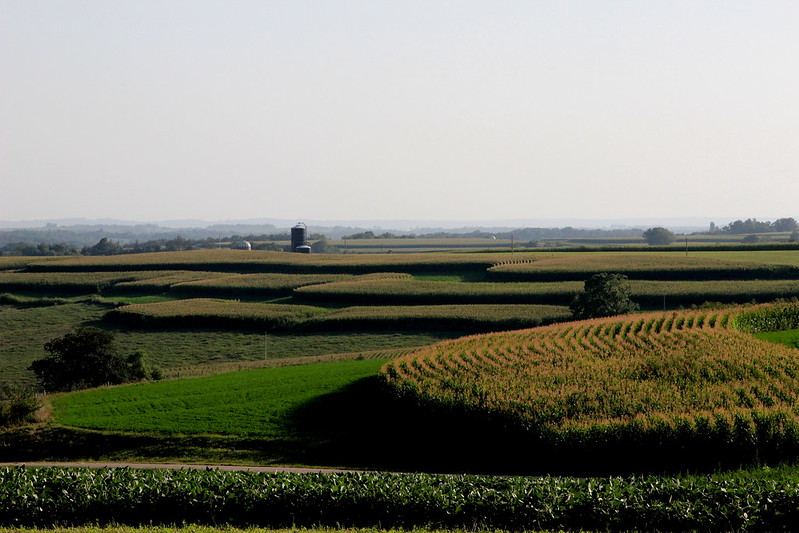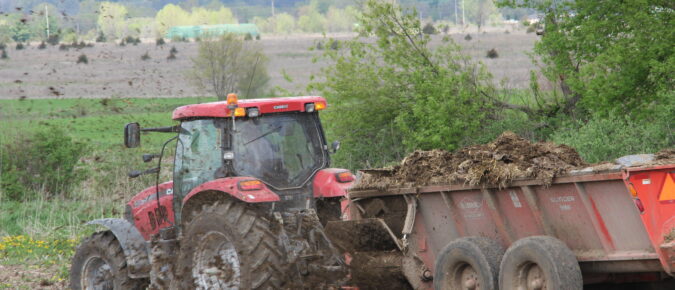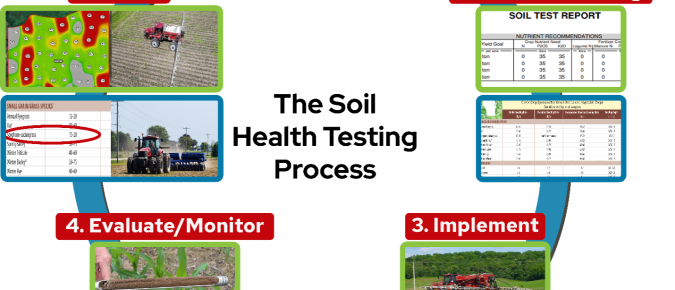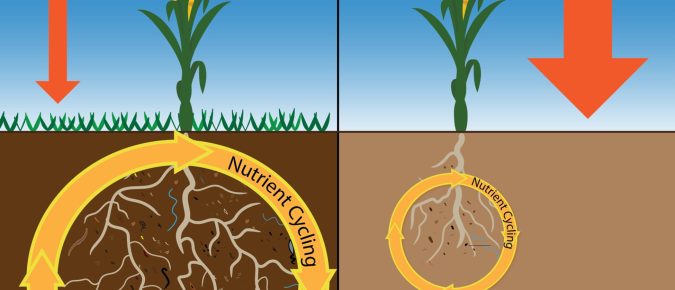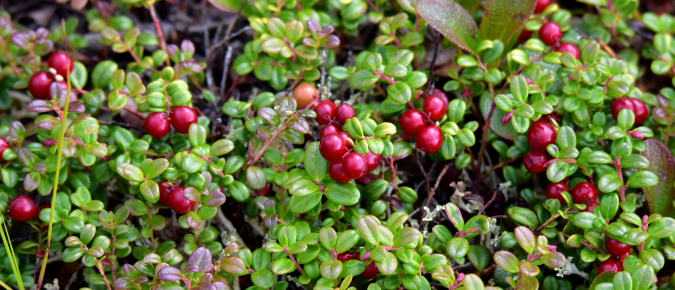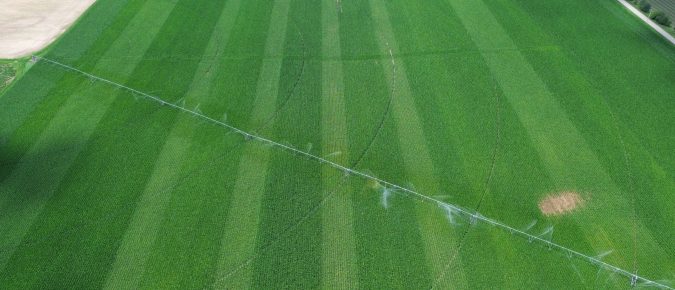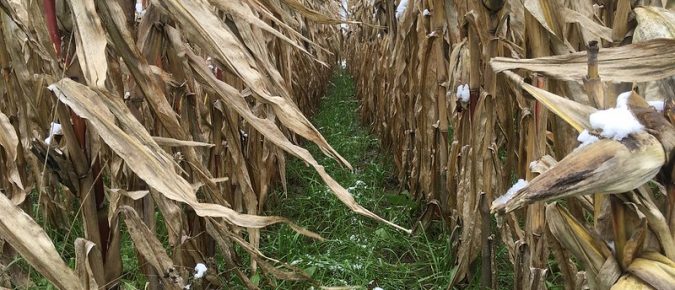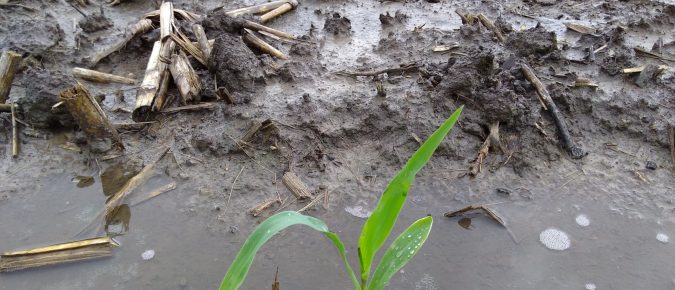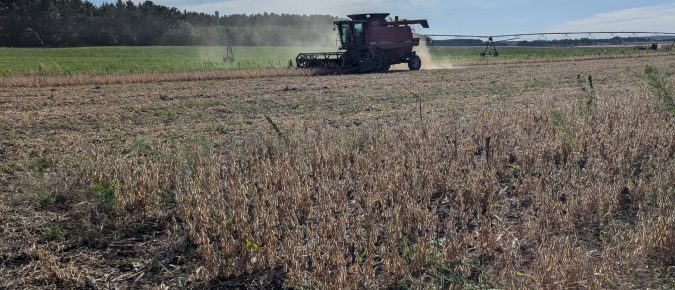Dr. Natasha Rayne discusses the concept of manure nitrogen credits and their importance in agricultural nutrient management, how nitrogen credits are calculated, the variability in nitrogen content across different types of manure, and the factors affecting nitrogen availability.
In this article, we present some foundational considerations related to soil health testing and describe situations where soil health testing can provide useful information about specific soil functions to farmers, landowners, agronomists, and crop consultants.
Join Francisco Arriaga as he explores the latest soil conditions and management strategies for spring 2025.
High soil test phosphorus is a challenging issue that requires a combination of strategies for long-term nutrient management. Start here to understand all the tools you have in your phosphorus management toolbox.
This article highlights the characteristics of healthy soil and describes how these characteristics, and soil health generally, can contribute to sustainable crop production and indirectly impact society beyond the farm field.
Are there differences in soil health indicators between higher and lower yielding cranberry beds in Wisconsin? Table of Contents What we did Sampled surface soils (top 6”) from one higher and one lower yielding cranberry bed on four farms in Jackson, Monroe, Sawyer, and Wood Counties, Wisconsin in summer of 2022. Higher and lower yielding […]
The first Focus on Forage webinar in the 2025 series, Focus on Alfalfa Companions, features research-based alfalfa establishment resources and new management strategies to keep stands productive over time.
We talk quite a bit about on farm research results on Field Notes, so we thought it was high time to do an episode detailing the ins and outs of doing research on farms in Wisconsin. We dive into the details of asking the right question, trial design and logistics, and analysis with Ben Turzinski and Monica Schauer.
Using datasets from large numbers of farms, Dr. Jeff Hadachek created a model that allows farmers to input their own costs to see how their bottom line would be affected if they implemented specific conservation practices. Read more and access the tool here.
We sit down with Mallika Nocco, assistant professor and extension specialist in agrohydrology from UW-Madison to discuss water conservation: What is it, why does it matter for Wisconsin farmers, and what are practical ways we can implement it on the landscape?
As more farmers have now grown up in the age of computers and software development, we are starting to see an increase in open-source projects related to agriculture. Open-source software (OSS) is a software product for which the code is freely available to the public to use or modify.
If you noticed scarred areas while harvesting, or suspect individual gullies in vulnerable areas have re-appeared, now is the perfect time to inventory those and decide on how you want to proceed on making your fields more resilient to years like this in the future.

